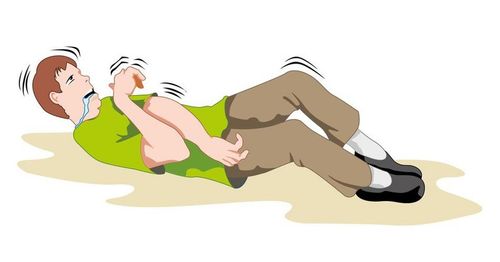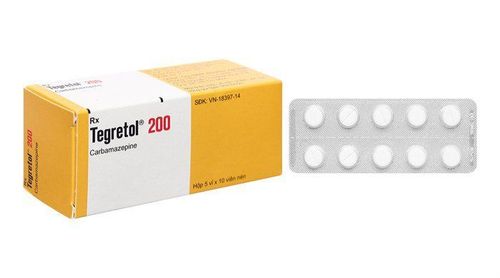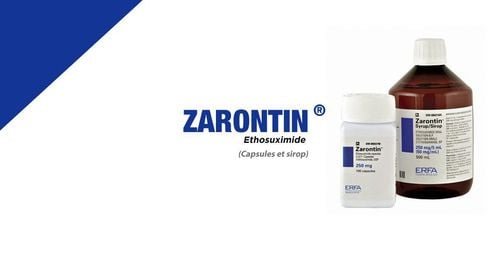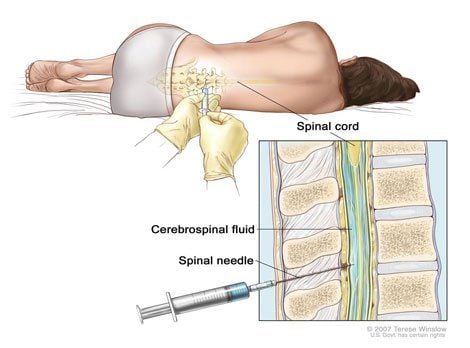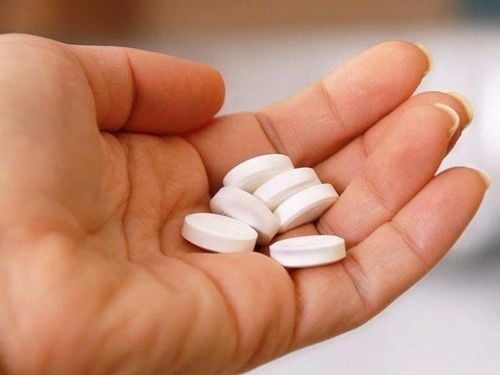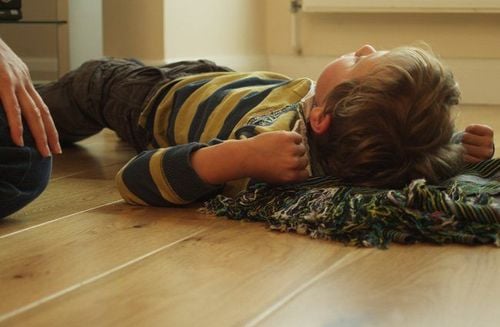This is an automatically translated article.
Epilepsy is a common disease, accounting for 0.5-1% of the population, more than 50% occurring in children, especially children under 3 years of age. More than 60% of epilepsy patients can be cured if diagnosed early and follow the doctor's treatment.1. What is epilepsy?
Epilepsy is a condition of brain damage characterized by repeated paroxysmal impulses in the rhythm of brain cells manifested by: Paroxysmal motor (convulsions of extremities, muscle twitches) Sensory, sensory, and mental states of a repetitive nature and with or without short-term loss of consciousness or altered state of consciousness.
Possible causes of seizures in young children include meningitis and other brain infections, fever, brain tumors, brain defects, birth defects (such as Down syndrome or multiple sclerosis). tubers), head trauma, stroke, poisoning (lead or carbon monoxide poisoning),... Newborns can also have epilepsy if they are deprived of oxygen during pregnancy and delivery, suffer from bleeding in the brain, the mother taking stimulants during pregnancy,...
Trắc nghiệm: Nhận biết sớm dấu hiệu chậm phát triển thể chất và trí tuệ ở trẻ
Nếu 6 tuổi không biết đếm số, 7 tuổi vẫn chưa phân biệt được giữa thực tế và tưởng tượng thì có thể bé chậm phát triển thể chất và trí tuệ hơn so với bạn bè cùng lứa. Bạn đã nhận biết được các dấu hiệu bất thường sớm này chưa? Cùng làm nhanh bài trắc nghiệm sau để trang bị thêm kiến thức cho mình nhé!
The following content is prepared under supervision of Thạc sĩ, Bác sĩ y khoa, Ma Văn Thấm , Nhi , Phòng khám Đa khoa Quốc tế Vinmec Dương Đông(Phú Quốc)
2. Early detection of epilepsy in children
Signs of epilepsy are seizures that occur in the first 1-2 months of life. Because of limited brain development, infants exhibit only certain behaviors, so infantile seizures are often difficult to distinguish from normal infant behaviors. Because of incomplete myelination of the central nervous system in the neonate, tonic-clonic seizures do not appear in infancy. Seizures and hypertonicity occur only sporadically in different parts of the body, asymmetrically, even when the brain is diffusely affected. Myoclonic seizures are usually bilateral, but are not epilepsy in a neurologically abnormal neonate, where seizures may be apnea, generalized hypertonia, repeated sucking of the lips, legs has movements like riding a bicycle, squinting eyes, ...
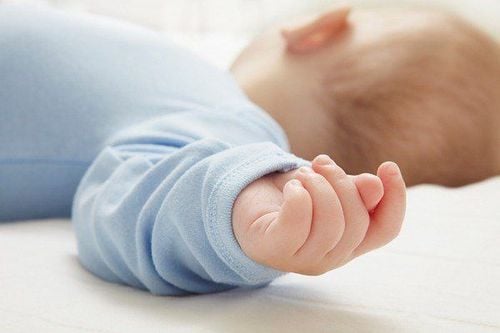
EEG plays a more important role in diagnosing epilepsy in neonates than in diagnosing epilepsy in older children and adults.
Early detection of symptoms of epilepsy in children through epilepsy types including generalized seizures.
Generalized seizures:
Absence seizures: are disturbances or loss of consciousness for a short period of time (immobility, blurred vision, interruption of activities that the child is doing) . There may be absence of consciousness with convulsions (slight twitching of eyelid muscles, mouth), with postural atony (child flexes head and trunk), with hypertonia (child tilts head and back, eyes inverted). requirements), with the phenomenon of automatic repetition of normal movements, together with vegetative factors, causes vasomotor disorders, respiratory changes, pupil dilation, bedwetting. Myoclonic jerks: are short, lightning-like, symmetrical bilateral muscle jerking movements that cause a child to fall without any disturbance of consciousness. Convulsion: the child suddenly convulses on both sides of the body proportionately with a slow speed, different duration of oscillation. Common with high fever. Hypertonic episodes: muscle spasms without muscle tremors, lasting from a few seconds to 1 minute, or with disturbances of consciousness and autonomic disturbances. Atony: episodes of loss or decrease in tone. If the time is very short, it will only cause the phenomenon of folding or lowering the head first. If the time is longer, the child falls to the ground in a state of completely flaccid muscles. Spastic - convulsion (major seizure): initially the child loses consciousness, muscle spasms, then gradually subsides accompanied by autonomic disturbances (tachycardia, increased blood pressure, dilated pupils, blushing). may bite the tongue. Then there is sudden bilateral muscle twitching, which may stop breathing. The post-clinical phase lasts a few minutes to several hours (child immobilized, reduced muscle strength, cloudy consciousness, complete muscle relaxation, possible bed-wetting, gasping for breath, increased sputum production, improved consciousness). gradual improvement), headache, body pain. Partial seizures:
Simple motor partial seizures: Convulsions of fingers, toes, half face, half body but without loss of consciousness. Or he turns his eyes, head, body and hands up like he's looking at his fist. Or the child has lost pronunciation, cannot speak. - Simple localized sensory, sensory: Sensory disturbances on the contralateral body (ants crawling, pins and needles, pain like electric shock). The child may have hallucinations (dim light, rays, points of light, stars) or not see (participation, blindness). Children have a feeling of ringing in the ears or whistling. Children can smell very strange and unpleasant odors. Children may feel dizzy, lightheaded, want to fall, or float. Children may experience bitter or sour taste. Simple partial attacks with vegetative symptoms: Children may increase salivation, swallowing, chewing, nausea. Or the child feels palpitations, hot, blue, pale, congested, bed-wetting, shortness of breath. Simple partial seizures with psychiatric symptoms: The child loses the ability to speak, slurs speech. Children can feel seen, lived, never seen, never lived, feeling familiar or unfamiliar, dreaming. Or the child experiences discomfort, fear, anxiety, a feeling of dread, and, rarely, a feeling of comfort, thirst or hunger. - Complex partial seizures: Children lose consciousness from the beginning with automatic mouth movements (chewing, swallowing, licking, grabbing). Children can make hand movements, rub, scratch, hold an object, button a shirt, unbutton a shirt, rummage through a bag, organize objects, move things. Or it can come from onomatopoeia, cry, say a word or a sentence.
3. Is epilepsy in children curable?
Many people have the notion that epilepsy is an incurable disease, not accessing treatment leads to missed. Especially treatment is not persistent, give up halfway. Epilepsy is a chronic disease that requires persistent treatment, but the mistake of many people is to interrupt treatment, even when taking anti-epileptic drugs, to switch to tobacco and herbal remedies that make the disease worse, even causing poisoning to the body, many patients arbitrarily increased or decreased the dose, forgot to take the drug or changed the drug on their own, which lost the chance to recover from the disease.
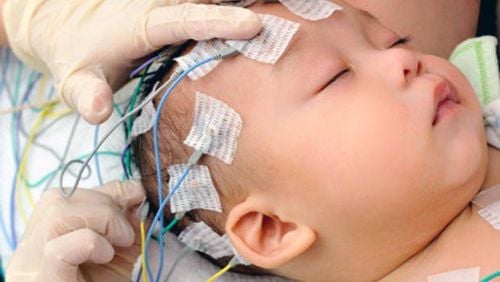
There are many methods of epilepsy treatment such as taking antiepileptic drugs, surgery, implementing a diet... but taking antiepileptic drugs is mandatory treatment. Patients need to be treated early and strictly adhere to the treatment regimen.
The prognosis of the disease is not bad, over 60% of pediatric patients with epilepsy control their seizures and recover completely after the treatment, the patient's quality of life is good.
About 40% of patients with severe epilepsy have persistent attacks, even drug resistance. Therefore, when patients see signs of suspected epilepsy such as seizures, they need to see a neurologist for examination, diagnosis and treatment advice.
In addition, surgical techniques can be performed for treatment-resistant epilepsy patients, so far over 50 patients have operated with good results. This is an advancement and an opportunity for patients with severe epilepsy when oral therapy has not worked.
4. Is epilepsy dangerous?
In most cases not. However, if you know your child has epilepsy, they need to be supervised more closely, especially when near a place with a lot of water (lake, pond, sea, ...), in high places, where there is heavy traffic. as well as in other environments where a baby can be injured if he has a seizure. At the same time, at home, you also need to spread a thick carpet on the floor, cover sharp corners on objects.
However, there are also rare but dangerous complications of epilepsy.
The first condition is referred to by the term "status epilepticus", which is a term for a seizure (or a series of convulsive seizures) that lasts longer than 5 minutes. This condition can put people with epilepsy at risk of brain damage or even death. Another case was sudden unexplained death in epilepsy (SUDEP). This condition occurs in people who have epilepsy that is not controlled by treatment, especially if they have frequent seizures that are characterized by muscle stiffness or myoclonic seizures.
5. How to take care of a child with epilepsy
Parents always encourage and encourage their children's spirit, helping them to always be comfortable and live happily every day. Special attention should be paid to avoid anger, irritation or indifference, estrangement with children. Because when children are bored, worried or angry, the disease will relapse more severely.
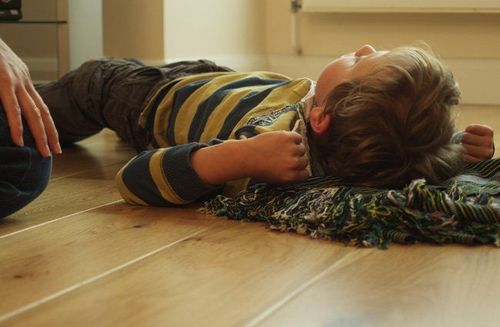
When children have epilepsy, parents need to take good care of their children, do not let them go near ponds, lakes, climb trees, ride bicycles or go out alone without an adult accompanying them. At the same time, parents should also advise against doing the above things to avoid sudden seizures that will be dangerous to the child's life.
Build a reasonable diet to nourish the body as well as improve the child's resistance. In particular, parents absolutely let their children stay away from alcohol, tobacco and coffee. Because these stimulants are very dangerous and can make the disease worse.
Give your child the right medicine at the right time and dose according to the doctor's instructions. Because if you forget to give your child a drink for a day, the disease will get worse and the treatment will be more difficult.
Parents must determine the psychological treatment of epilepsy needs a long time, not in a hurry because it will be dangerous for the child's life.
It is necessary to regularly monitor the progress of the disease to understand the level of recovery. It is necessary to take your child to see a doctor periodically so that the doctor can understand the child's recovery progress to have a reasonable treatment plan.
Please dial HOTLINE for more information or register for an appointment HERE. Download MyVinmec app to make appointments faster and to manage your bookings easily.





